Tsunami observed at S. Korea’s east coast after Japan’s massive earthquake
Tue 02 Jan 2024, 12:18:11
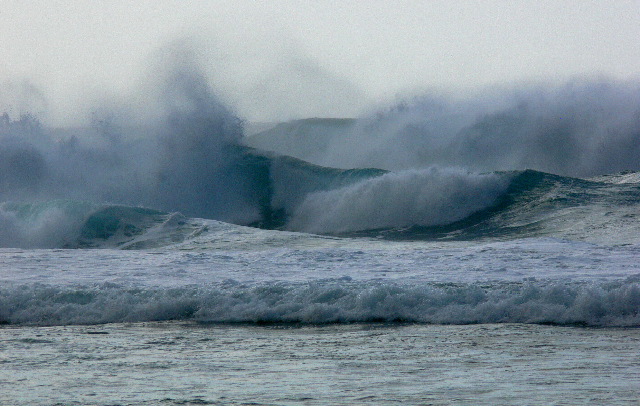
Seoul: A tsunami reaching as high as 85 cm was observed off South Korea’s east coast in the aftermath of a powerful magnitude-7.6 earthquake that struck Japan’s Noto Peninsula, the weather agency said on Tuesday.
At least 24 people have died after a series of quakes struck the Noto Peninsula and surrounding areas in Japan’s Ishikawa prefecture on Monday, reportedly prompting thousands to evacuate.
A major tsunami warning was issued but was removed on Tuesday morning.
According to the Korea Meteorological Administration (KMA), about four hours after the quake, a tsunami wave, measured at 85 cm at its highest point, was observed off the port of Mukho in the eastern coastal city of Donghae, 182 km east of Seoul, at 8.35 p.m. on Monday night, reports Yonhap News Agency.
Between 8 p.m. and 9 p.m. on Monday, tsunamis of a smaller scale were also observed along the east coast, with the nearby cities of Sokcho and Samcheok experiencing waves as high as 45 cm and 33 cm,
respectively.
respectively.
The county of Uljin along the lower part of the east coast saw the tsunami waves rise as high as 66 cm, said the KMA.
Following the Monday quake, the first tsunami was observed off South Korea’s eastern coast in less than two hours, in the coastal city of Gangneung, where the waves were measured as high as 39 cm.
The KMA said tsunamis with waves lower than 10 cm had been surging toward the east coast as of 8 a.m. on Tuesday, adding that tsunamis were gradually ebbing but people on shore areas still have to take caution.
“If no stronger earthquake occurs, it is unlikely that tsunamis higher than those observed so far will come in,” a KMA official said.
It marks the first time South Korea has experienced a tsunami on its coasts since July of 1993, when a magnitude-7.8 earthquake off Japan’s Hokkaido sent tsunamis toward the country’s east coast measuring 2.76 meters at the highest point.
No Comments For This Post, Be first to write a Comment.
Most viewed from International
Most viewed from World
AIMIM News
Delhi Assembly polls: Owaisi leads Padyatra in Okhla
Feb 01, 2025
We reject this Waqf Amendment Bill: Asaduddin Owaisi
Jan 30, 2025
Latest Urdu News
Most Viewed
May 26, 2020
Which team will win the ICC Men's Champions Trophy 2025 held in Pakistan/Dubai?
Latest Videos View All
Like Us
Home
About Us
Advertise With Us
All Polls
Epaper Archives
Privacy Policy
Contact Us
Download Etemaad App
© 2025 Etemaad Daily News, All Rights Reserved.








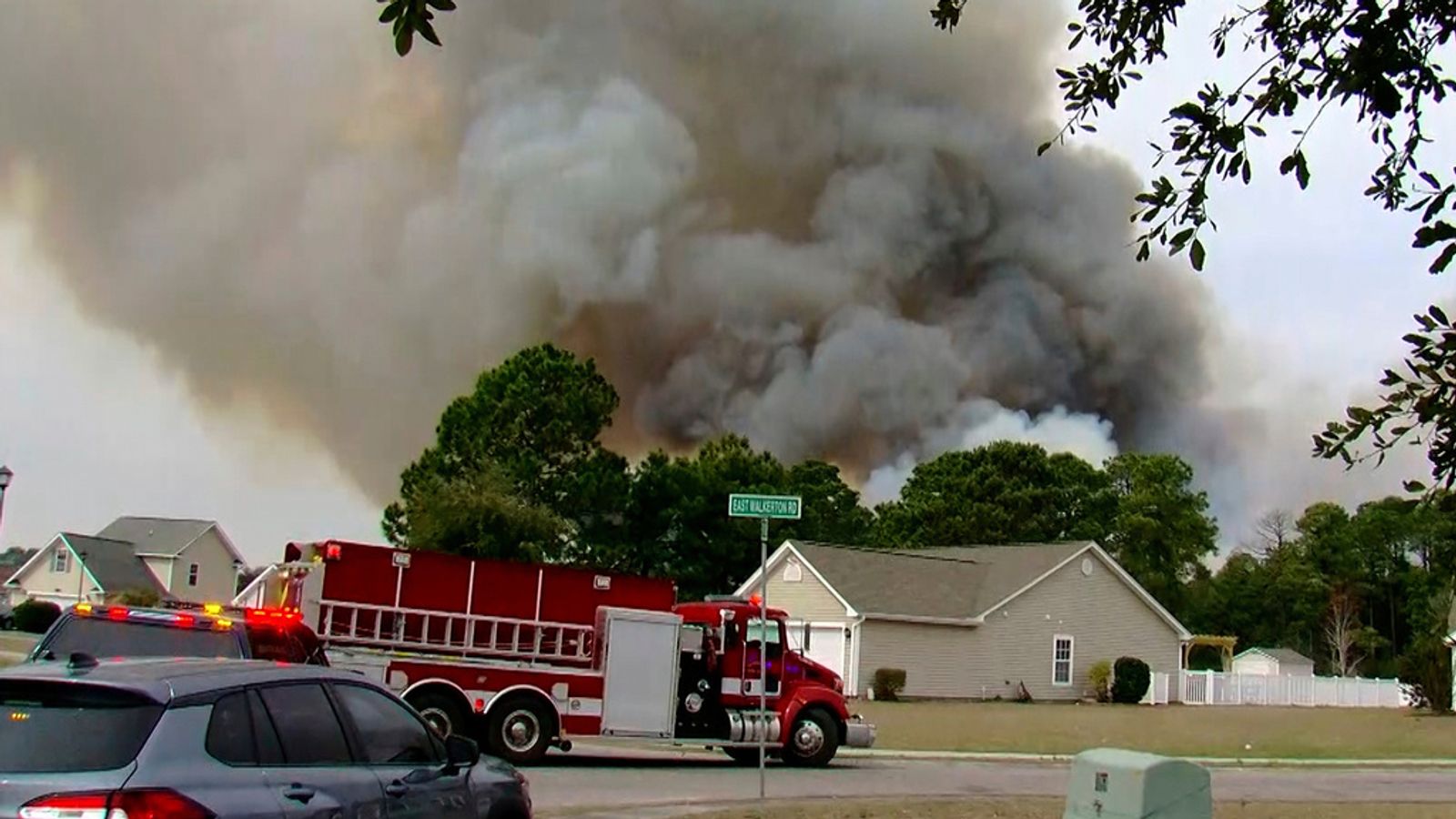
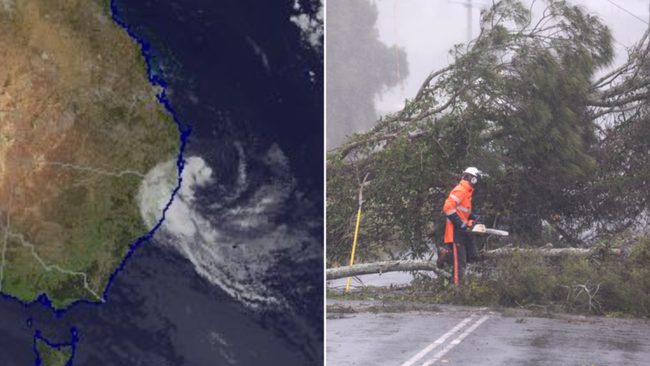
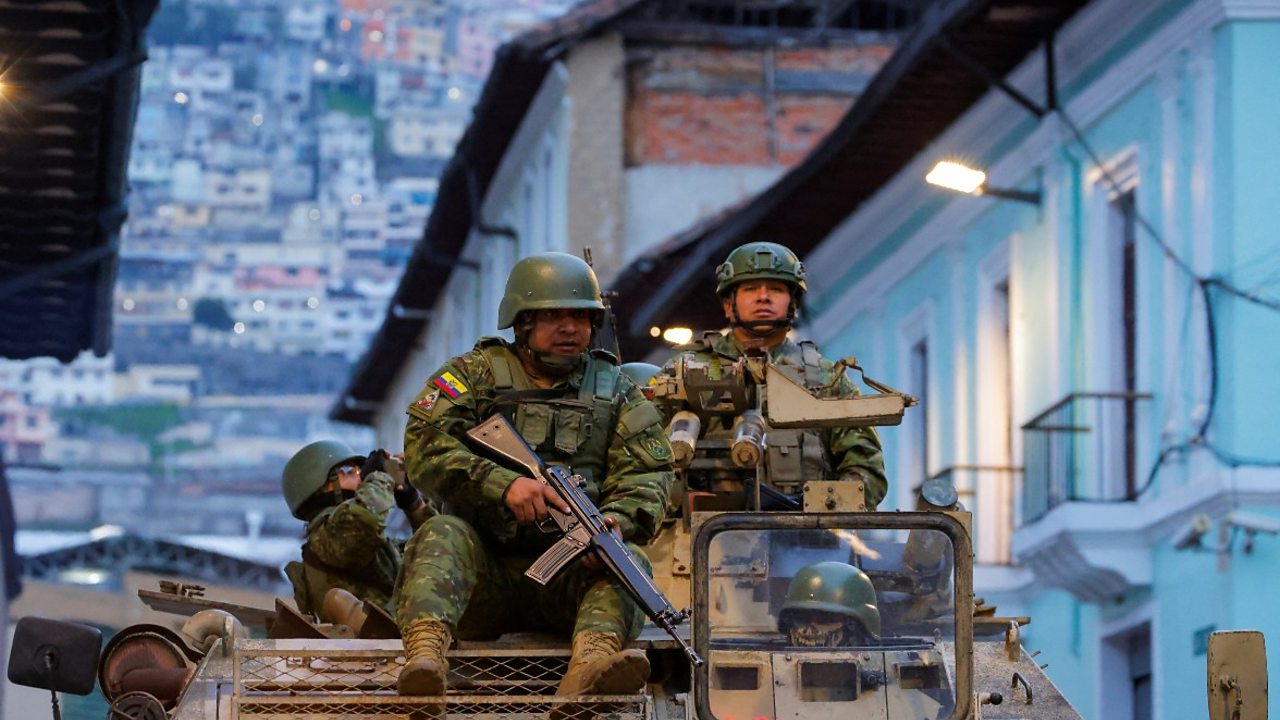




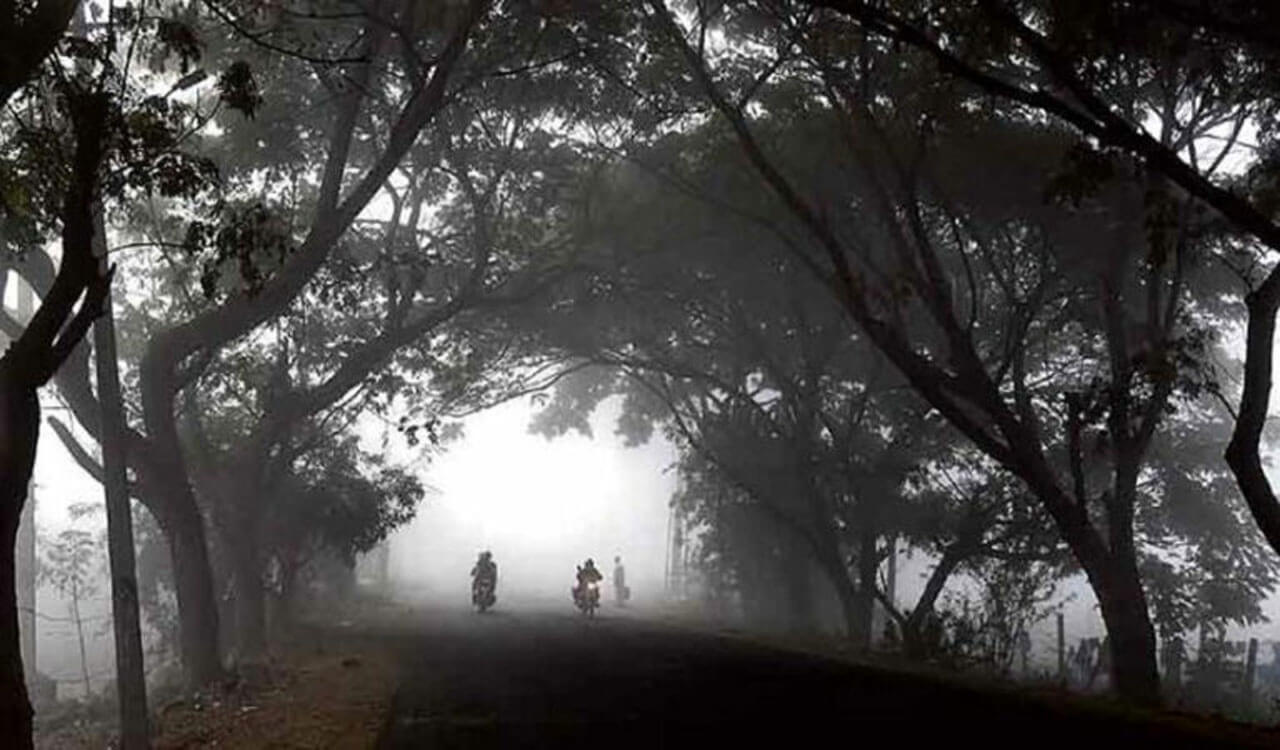


.jpg)
.png)
.jpg)
.jpg)
.jpg)
.jpg)
.jpg)

















